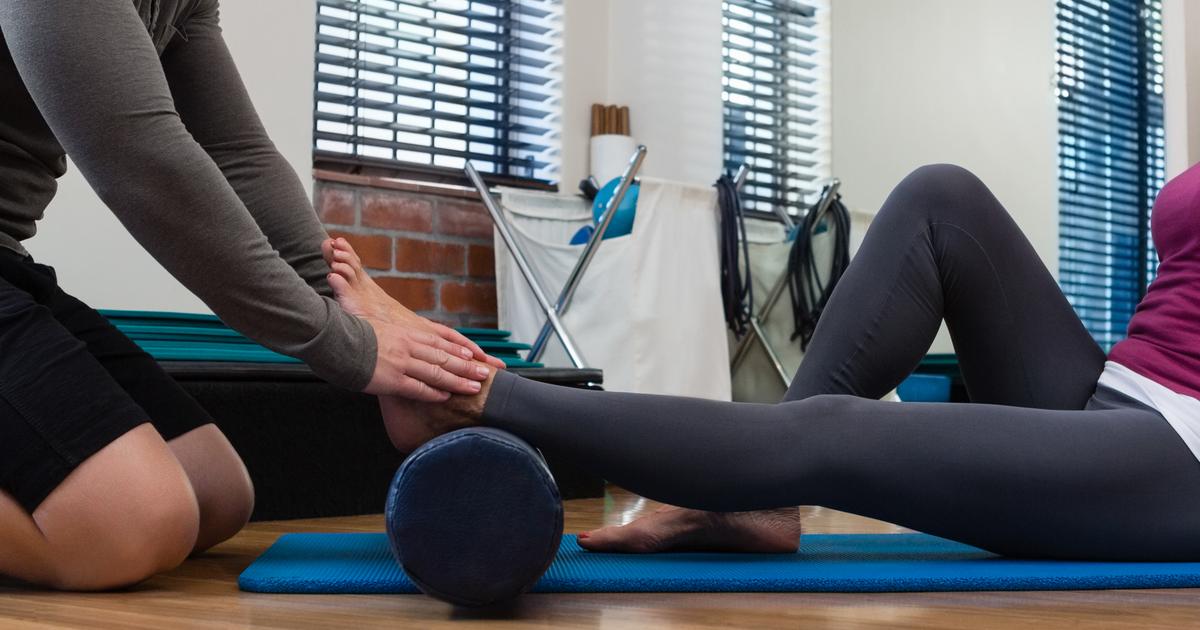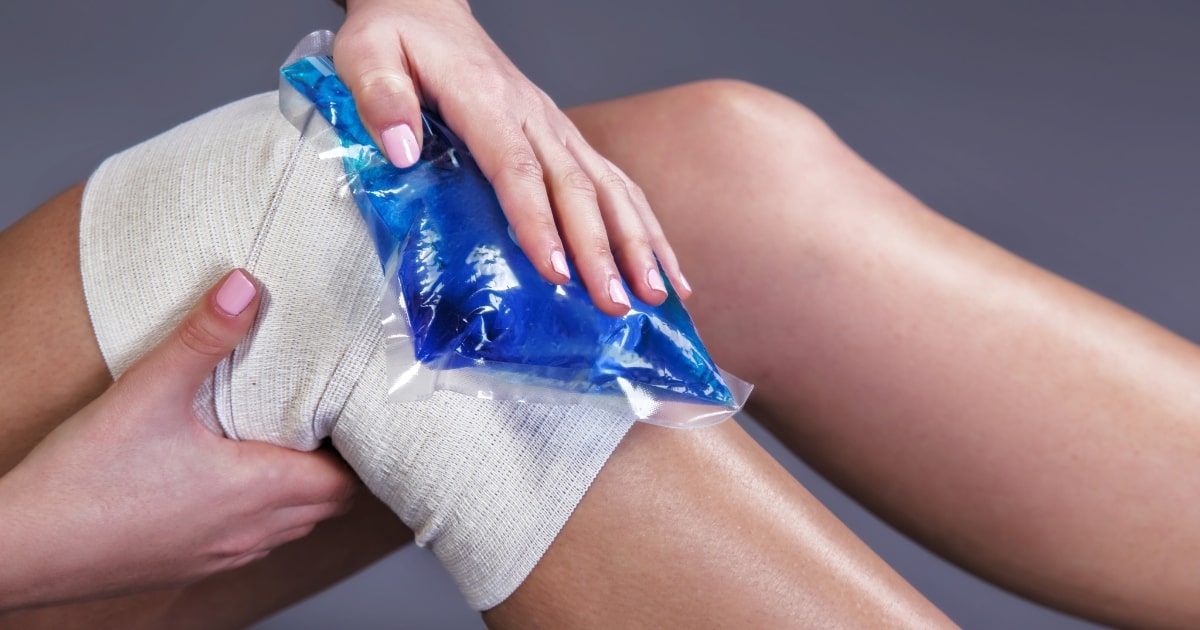Guide To Preventing And Treating Periostitis
Rest And Ice
Whether patients have an acute case or a chronic case of periostitis, they will have to take it easy. However, when an individual is suffering from the chronic condition because of activities they are involved in, they may also need rest and ice. Ice will help reduce swelling and rest will give the area some needed inactivity. When individuals suffer from an injury caused by overuse, it is important for them to make sure they are doing the activity properly by consulting a professional. Furthermore, if patients feel pain, they should stop the activity, put ice on the area, and rest it so their body can repair itself. This might mean patients need more than an afternoon off. Patients should consult a doctor who can give them a better timeline for inactivity. For many individuals, this might be difficult, but it is necessary to avoid further damage to the tissue around the bone. If the pain does not go away, patients may need other interventions.
Learn more about how to prevent and treat periostitis now.
Physical Therapy

If patients are experiencing pain when doing certain activities, they might need the help of physical therapy. This therapy will help treat the area through stretching, special exercises, and other techniques. Patients may have an underlying condition they do not know about. Seeing a physical therapist can help give individuals a total picture of how they are using their body. The therapist can do evaluations that can tell patients what they may or may not be doing wrong. Furthermore, they can help individuals fix movements or activities they may be doing incorrectly, thus causing injury. Physical therapy may take awhile. It usually takes multiple sessions with a therapist and dedication to prescribed exercises to treat any underlying condition or habit, including when periostitis is involved. Patients need to be as committed to physical therapy as they are to the activities they enjoy doing. They may need to do certain exercises for a long time to give their body a chance to adjust and heal. But, in the end, patients will be stronger and have better knowledge to help them avoid injury in the future.
Discover more information about effectively preventing and treating periostitis now.
